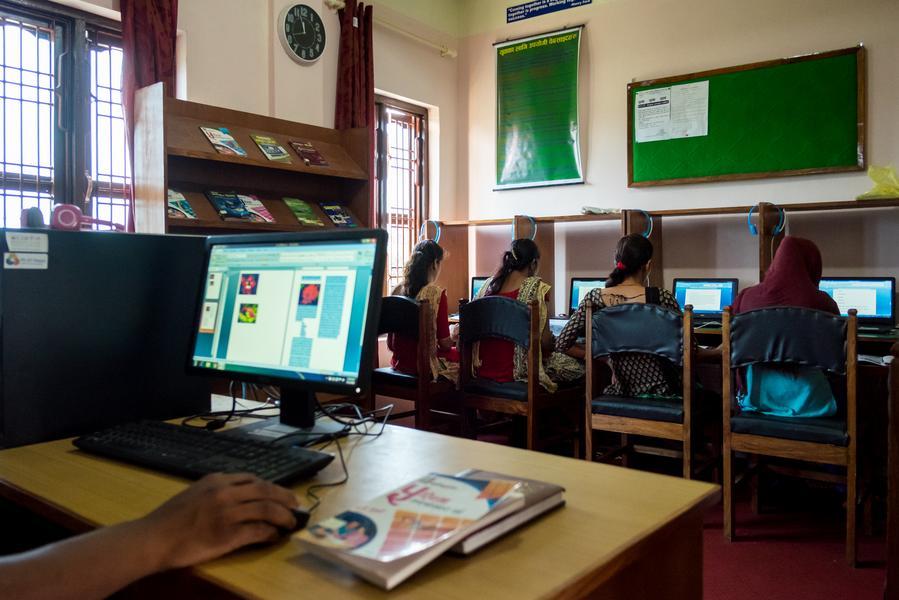Context and Issue
The challenges experienced in the Namibian education sector are the ability to translate these development strategies into realistic and implementable programs and to develop and adopt a set of interventions that raise the quality of educational provision, lead to the elimination of inequalities, establish affordable and sustainable systems, enhance institutional and management capacities, and produce knowledge, competent and innovative graduates.
Solution
The education sector financing aims to increase equitable access and enhance the efficiency of the Basic Education and Technical, Vocational Education and Training (TVET) systems in Namibia. The Project will contribute to developing an efficient, effective, and sustainable Basic Education and TVET system aligned with the current and future skills needs of the labor market in the country. The project was based on the foundation of three components:
1) Basic Education and TVET Infrastructure Improvement;
2) Basic Education and TVET System Strengthening; and
3) Project Management
Note: The project was implemented over a five-year period beginning January 2018, with a total cost of ZAR 1.3 billion.
Impact
The main positive impacts anticipated from the project are enhanced access to affordable technical skills and improved quality of life for learners, students, and staff due to adequate and modern education infrastructure (i.e. classrooms, workshops, accommodation facilities, sanitation services etc.). The project is expected to provide job opportunities to the local communities, of which at least 80% are expected to be unskilled and semi-skilled people, and can be sourced from the unemployed labor force of the local communities.












